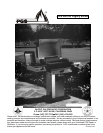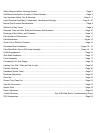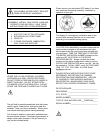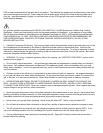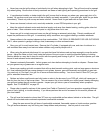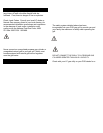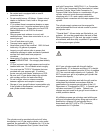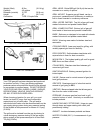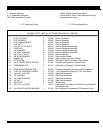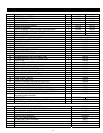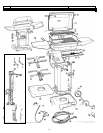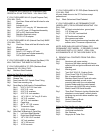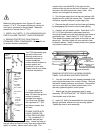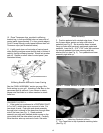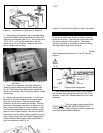Special offers from our partners!

Find Replacement BBQ Parts for 20,308 Models. Repair your BBQ today.
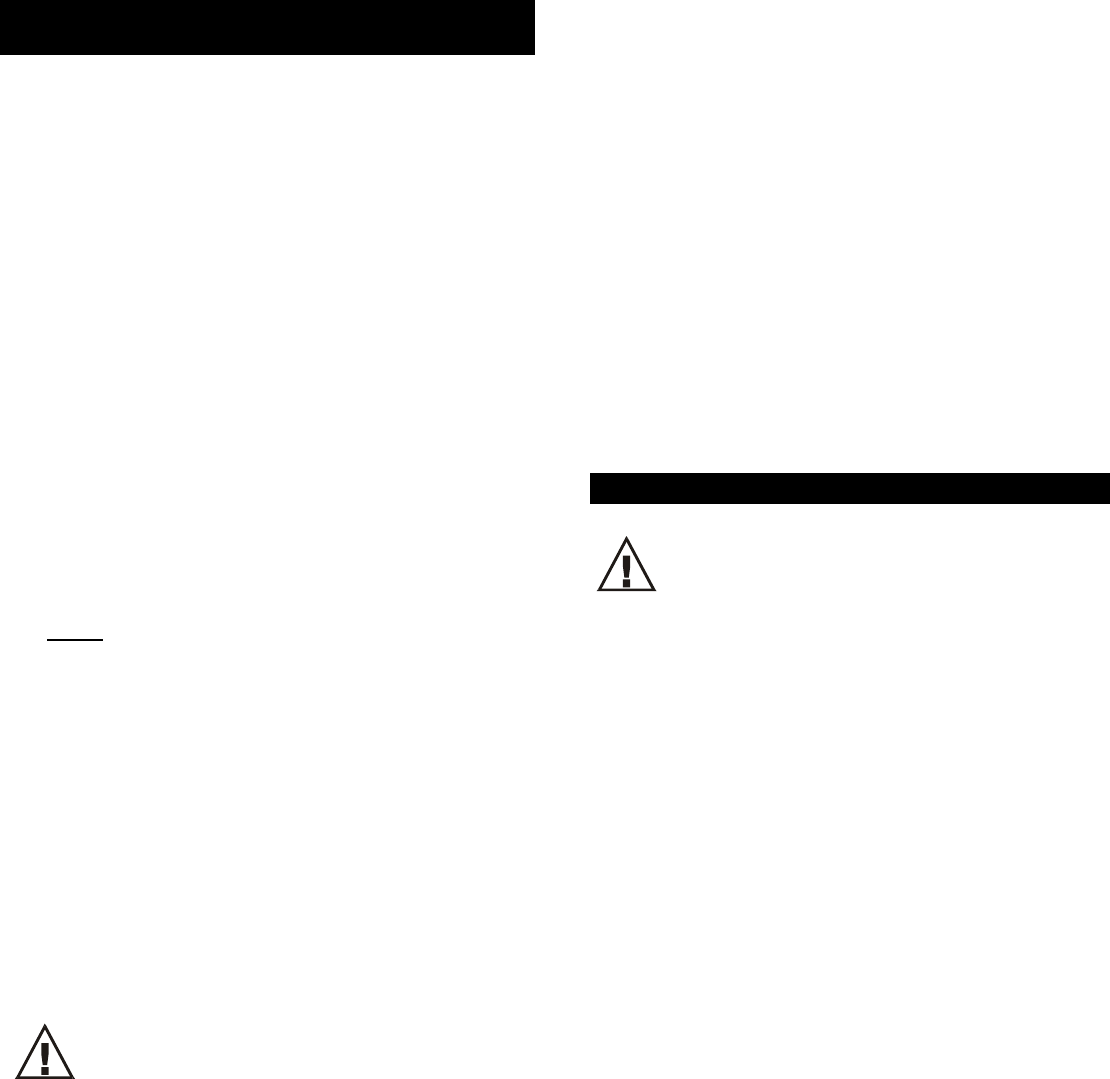
PROPANE CYLINDER FILLING AND HANDLING
SAFETY TIPS
• Be certain tank is equipped with an overfill
protection device.
• Do not modify hose or LP fittings. Contact a local
dealer or distributor if tank, hose or fittings need
replacement.
• If it is evident there is excessive abrasion or wear,
or the hose is cut, it must be replaced prior to the
grill being operated. Please see your local PGS
dealer/distributor or call PGS for an exact
replacement.
• Store propane tank outdoors in a cool, well-
ventilated area. Never store extra tanks in, on, or
around your grill.
• Turn off tank when not in use.
• Transport tanks upright ONLY.
• Never allow a tank to be overfilled. 100% full tank
holds only 4.5 gallons of propane.
• Inspect your grill cabinet often to ensure that
ventilation openings in sides and back of pedestal
are free from debris and have proper air
circulation.
• Never
paint LP cylinder a dark color. This may
cause OVERHEATING. Do not apply heat directly
to tank.
• LP Gas is stored under high pressure and must be
handled with care. Do not handle a tank roughly.
• You must use the "TYPE II" fill adapter that was
provided with your propane grill. If unable to
locate, see your local dealer, distributor or PGS.
• Be sure your LP gas dealer checks the cylinder
with a soapy solution for leaks after filling.
• Do not turn gas valve on unless connection
between regulator and coupler is complete.
• Storage of your gas grill indoors is permissible only
if the cylinder is disconnected, removed from grill
and cylinder stored outdoors.
BEFORE ATTEMPTING TO LIGHT GRILL,
BE CERTAIN THE GAS VALVE KNOBS
ARE IN THE OFF POSITION. TURN TANK
VALVE ON BY TURNING KNOB ON TOP OF TANK,
COUNTER CLOCKWISE. CHECK ALL
CONNECTIONS WITH A SOLUTION OF 50% LIQUID
SOAP, 50% WATER. SOLUTION CAN BE
SPRAYED ON WITH A SPRAY BOTTLE OR
PAINTED ON ALL CONNECTIONS WITH A BRUSH.
IF BUBBLES APPEAR THERE IS A LEAK, TURN
OFF GAS, TIGHTEN FITTINGS AND REPEAT THIS
CHECK.
The cylinder must be provided with a shut-off valve
terminating in an LP-gas supply cylinder, valve outlet
specified, as applicable, for Connection No. 510 in the
Standard for Compressed Gas Cylinder Valve Outlet
and Inlet Connections, ANSI/CGA-V-1, or Connection
No. 600 in the Compressed Gas Association’s Limited
Standard Cylinder Valve Outlet Connection for
Propane Small Valve Series or a combination LP-gas
cylinder valve and quick-disconnect assembly
complying with 1.5.5-c and a safety relief device
making a direct connection with the vapor space of the
cylinder.
The cylinder supply system must be arranged for
vapor withdrawal and must include a collar to protect
the cylinder valve.
**Special Note** All new tanks are filled with air, not
propane. Air must be purged before the tank is filled.
When purchasing an LP gas tank, be certain it meets
all standards, and allow only a qualified LP-gas dealer
to fill the propane gas cylinder.
PROPANE GAS CYLINDER
DISCONNECTED CYLINDER MUST NOT
BE STORED IN A BUILDING, GARAGE OR
ANY OTHER ENCLOSED AREA. BEFORE
LIGHTING YOUR GRILL, INSPECT THE HOSE TO
ENSURE THAT IT IS IN TACT AND THERE ARE NO
LEAKS.
All LP-gas cylinders used with this grill shall be
approximately 12" in diameter and about 18" in height.
The maximum fuel capacity must be 20 lbs. of propane
(47.7 lbs. nominal water capacity or 4.5 gallons). DO
NOT connect your grill to a propane gas cylinder that
exceeds this capacity.
All propane-gas cylinders used with the grill must be
constructed and marked in accordance with the
specifications for propane-gas cylinders of the U.S.
Department of Transportation (DOT). In Canada, gas
cylinders must meet CTC specs. Federal Law
requires any tank used for a gas grill must include an
overfill protection device.
All refillable propane-gas cylinders used with the gas
grill must be inspected at every filling and must be re-
qualified by a licensed LP-gas cylinder filler in
accordance with DOT (US) or CTC (Canadian)
requirements for LP-cylinders.
7



